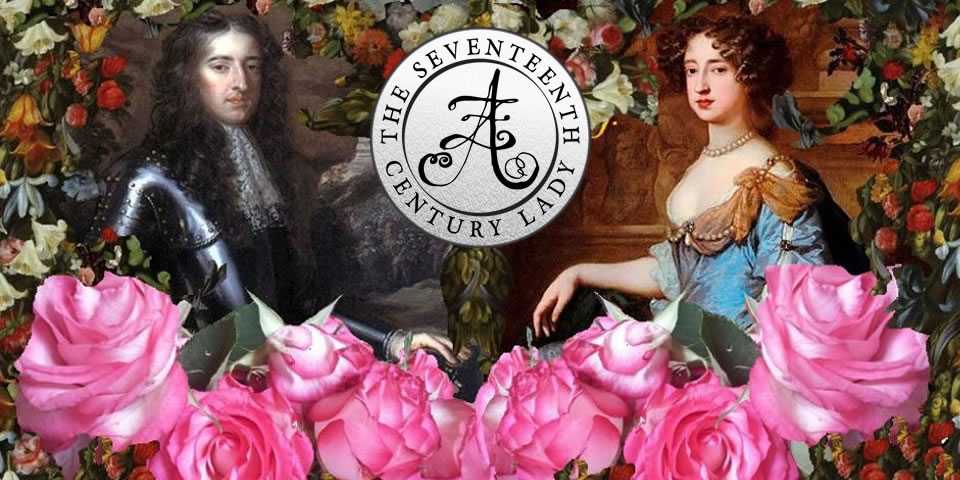The Seventeenth Century Lady is excited to have a Guest Post from acclaimed historical fiction writer Deborah Swift!
Whenever I see Downing Street on the news I am reminded that its name dates back to the 17th century and the English Civil War.
 George Downing was born in Ireland but studied in America at Harvard – he was one of the first ever graduating class in 1642. He was also hired by Harvard as the college’s first tutor. He returned to England just as the Civil War in England was brewing, and unsurprisingly after his stint in the New World, allied himself with Oliver Cromwell and the Parliamentarians rather than the Royalists.
George Downing was born in Ireland but studied in America at Harvard – he was one of the first ever graduating class in 1642. He was also hired by Harvard as the college’s first tutor. He returned to England just as the Civil War in England was brewing, and unsurprisingly after his stint in the New World, allied himself with Oliver Cromwell and the Parliamentarians rather than the Royalists.
In 1650, after a period of preaching in the New Model Army, he became Scoutmaster General – a position which involved spying out what the other side was up to. This paved the way for his later job which involved tracking down what he called ‘phanatiques’ – royalist sympathisers who had gone into exile after the fall of the King.
He was conveniently abroad when the new King Charles II was restored to the throne, but afterwards managed to persuade him that he was in fact on the side of the King – a U-turn that is surprisingly reminiscent of today’s politicians. As a reward for handing over secret Parliamentarian documents he was knighted and given a patch of land later to be named after him – Downing Street.
Downing’s name is immortalised here in England by the street which bears his name but in New England ‘George Downing’ became a name for a turncoat – someone who changes sides too easily.
Meanwhile, number 10 Downing Street, known to us Brits as “Number 10”, is the headquarters of the government and the official residence of the Prime Minister.

The building is more than three hundred years old, and was originally three houses. It contains about one hundred rooms. There is a private residence on the third floor and a kitchen in the basement. The rest of the floors are homes to offices and numerous conference and reception rooms where the Prime Minister works, and where he or she meets with other national leaders or foreign dignitaries.

The illustration of the back of the house is from a 1949 illustration reproduced by The Prospect Magazine in 2010.
Find out more about the rooms in Number 10 from this article.
Deborah Swift is the author of three novels all set in the 17th century – The Lady’s Slipper, The Gilded Lily, and A Divided Inheritance.(Macmillan/St Martin’s Press)
[amazon asin=B00CYM19CA&template=image&chan=default]
[amazon asin=B008XKBVI4&template=image&chan=default]
[amazon asin=023074687X&template=image&chan=default]
